We come across brands every day but rarely ask ourselves «What is a brand?». The answer, however, is crucial to building your own brand, as this article perfectly explains.
There’s so much information surrounding the term «brand» that it gets really intimidating. Brands are everywhere. Take a quick look around and you will probably find a couple of brands sitting in your room.
Hey, you’re looking at a brand right now! Alright, my blog is a brand too, just like your browser (whether it’s Chrome, Safari, Mozilla, or else). Same thing with your computer, phone or tablet – please check: the brand is on it.
In whatever part of the world you are, you are surrounded by brands, especially if you happen to live in Europe, USA (NYC especially), Canada, or Australia where a lot of jobs depend on how well a business can create, position and market its brand.
Why is that we people have gone so dependent on brands that they simply cannot be avoided? Why doesn’t anybody want to buy a no-name device even though it will feature the same characteristics as some of their name-brand counterparts? Why is my mother-in-law so obnoxious? Alright, the last one is impossible to answer 🙂
The answers to the questions mentioned above can be found by digging to the bottom of the «brand», taking a look at what makes up a brand, and viewing some prime examples of brands in our everyday life.
This is what we are going to do in this article – if you’re ready to expand your knowledge of brands, let’s begin!
What is a Brand?

Fun fact: the meaning of the word «brand» goes all the way up to the cattle farmers back in the day. These farmers used to mark their cattle by leaving a mark with hot iron stick on the skin in order to distinct between their own herd and those of the others. The process was called «branding» and the mark itself was «brand».
As you can see, the origins of the word speak for themselves.
If you really want to get all academic on this one, here’s a nice definition for you, taken off Business Dictionary.
Brand is a unique design, sign, symbol, words, or a combination of these, employed in creating an image that identifies a product and differentiates it from other competitive products of the kind.
Sounds way too academic? Let me put it a bit simpler for you.
- when you buy something, a product (or service) is WHAT you get
- when you come to a shop (or a website) being assisted by a welcoming sales guy or a clean user interface (on the website), this is HOW you get your product/service – it’s called customer service or user experience (UX)
Now, a brand is WHY you do it all.
Seriously, a brand is why you buy products or get services. This is the sole reason you raise your butt and move your body towards the store to get that certain item.
Some people may say that «I buy things and get services because I genuinely need them and make my choice based on strict analysis of the offered features and judge exclusively based on ‘value for money’ basis». Well, have it your way but come think of this.
Say, you need a new phone because your old one got stolen. What kind of phone are you going to get? My guess it would be an iPhone, Samsung, LG, Google, Sony, Huawei, Xiaomi, or other more or less established brand.
But why go with these expensive options when you can easily get a $100 no-name Chinese brand? It does the same things other phones do. Sure, it’s not as flashy and overpowered with countless gimmicks but it does its main job – makes/receives calls, helps you surf the web, and carries all the necessary apps.
The answer is obvious – you want MORE than just a product and customer service. You seek reassurance, confidence, value, satisfaction, and social approval among other things.
And brands promise that (most of them, that is). Great brands, however, actually GIVE you that.
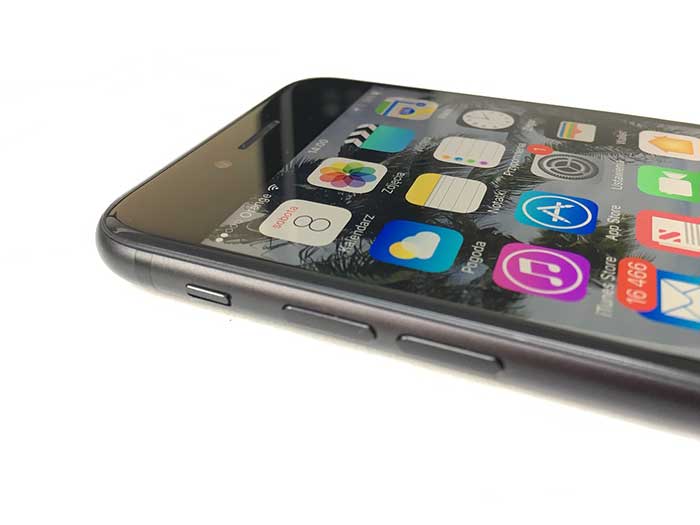
When you’re holding an iPhone in your hand, you’re not just you. You immediately start to belong to a different social group – Apple fans, or iPhone users, or people with good taste in consumer electronics (depending on your attitude towards this particular brand).
Wearing a pair of Nike sneakers makes you something more than just a man wearing sneakers. It makes you feel athletic, strong, powerful, ready to set another record. Your mind puts you on the same level with all the notorious athletes and there you go, shaking hands with Usain Bolt.
In the same fashion, driving a Mercedes-Benz car gives you the feeling of satisfaction, prestige, and safety. You immediately place yourself with the rich, famous, and powerful people out there like Donald Trump is a good friend of yours. 🙂
The examples can go on forever but the main thing is that brands help us unlock the better versions of ourselves. They enhance our personality. Whether we actually become better or not, that’s another question and it’s not up to the brand certainly.
So, to sum up the things we have mentioned during our «What is a brand?» quest.
There are two sides of a brand: tangible and intangible.
1. The tangible side of a brand usually comes in the form of a logo, fonts, image, design, or another form.
2. The intangible side of a brand comes in the form of association oneself with a certain perception built in mind as a result of coming in touch with the brand.
Now, let’s take a look at what makes up a brand.
Brand elements
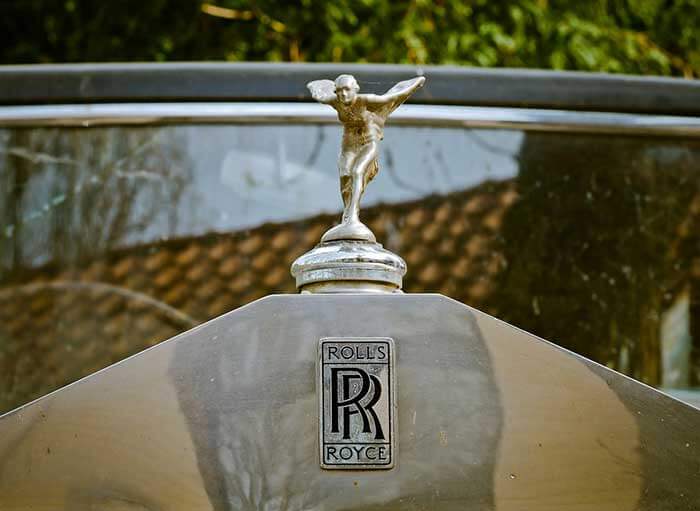
Most brands would usually comprise the following elements:
- Name (a word or words that identify the product, service, or company). Examples: Ferrari, Spotify, Rent-a-Car, Lufthansa)
- Logo (an image, a visual trademark that is designed to be associated with the brand) Examples of great logo designs are just below
- Slogan, or tagline, or catchphrase, or icon (a phrase that supplements and enhances the brand, in addition to the name and logo). Examples: Mercedes-Benz. The best or nothing; Nestle. Good food, good life; McDonald’s. I’m lovin’ it!
- Shapes (distinctive shapes and forms that make a certain product unique). Examples: Volkswagen Beetle car, classic Coca-Cola bottle (believe it or not but these things are ACTUALLY TRADEMARKED which means you will simply waste your energy, time and money producing and selling drinks in a bottle that is similar in the shape to that of Coca-Cola)
- Colours (distinctive colours that are commonly associated with a brand). Examples: Tiffany’s «robin’s egg blue» colour was trademarked in 1998
- Ambassadors (people, often famous, hired by a company through an ambassador program to represent its brand in a positive light)
This is where we should stop before it gets really confusing for you. However, there are a few brand elements worth mentioning simply because you would never believe how far a brand can go: scents (Chanel №5), tastes (KFC’s chicken spices and herbs), and other weird things.

For example, Italian carmaker Lamborghini has trademarked the upward door-opening sequence in its cars. Way to go, huh?
All these things (by themselves and combined) help companies build their brand recognition, choose the right positioning statement and strategy, and establish a firm reputation.
Out of all the elements, the name and logo (which may often come together, like SONY, for example) are the most important part of any brand simply because it is the easiest thing to carry over the brand idea – the so-called «point-of-entry» for most people.
Over time and some period of development, the name and logo (ideally) become associated with a certain level of credibility, quality, and satisfaction in the consumer’s mind.
The legal name for a brand is a trademark and, when it identifies or represents a firm, it is called a brand name (Business Dictionary).
Brand communication
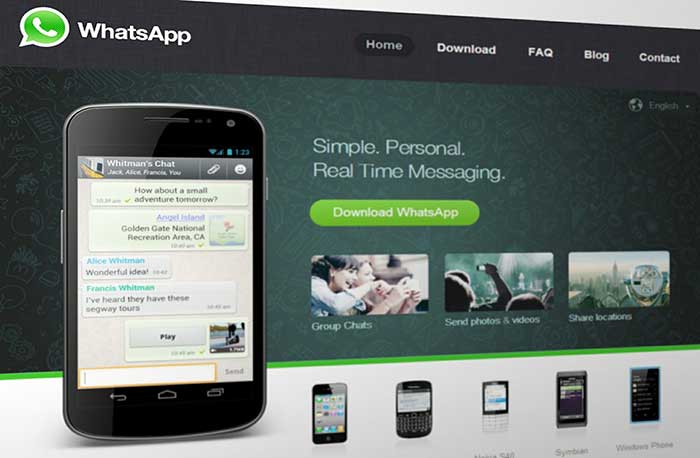
Brand by itself means nothing. Its worth becomes apparent when the brand starts communicating with the rest of the world. These are the usual channels:
1. Advertising
Various marketers and consultants on all levels of a company’s hierarchy utilize the power of the brand in their advertising efforts. A strong value proposition is a must.
2. Sales Promotions
Business needs a bit stimulation? This is where a brand comes in. People will more likely buy something that is already branded or having support from a certain brand. Real-life example: Star Wars-themed Angry Birds app edition (they’re no innovators, I know 😉 )
3. Direct Marketing
A well-known brand opens many doors (or emails, for that matter) and earns people’s trust, unlike the ones who are most likely to never leave the spam folder.
4. Personal Selling
Does your sales manager represent a well-known brand? If yes, lucky you – it’s much easier to sell this way.
5. Public Relations
Brands need to earn loyalty not only with regular customers but with the community as well.
Through each of these channels, the brand finds itself in a different position. Here’s a nice infographic that shows the connections between a brand, company, and consumer.
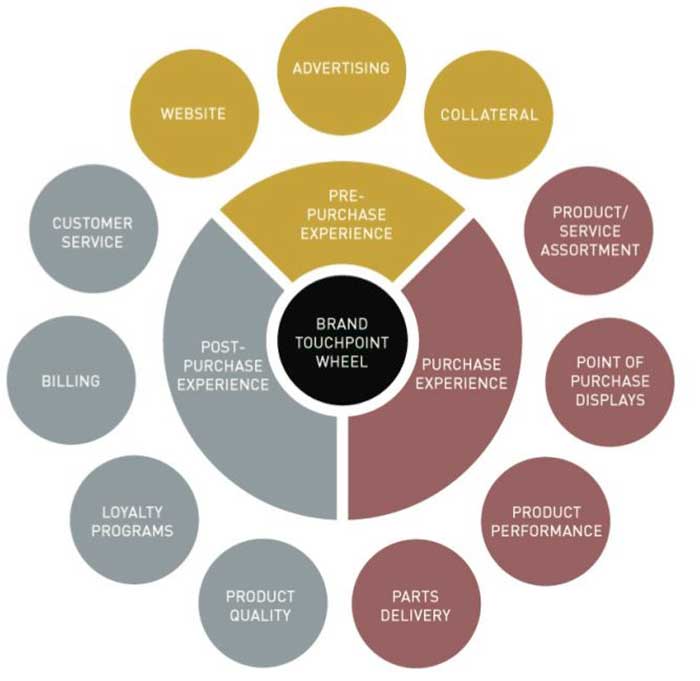
If you want to learn more about the brand and its positioning, be sure to check out this article «Marketing Vision: How to Position Your Brand the Right Way».
Conclusion
Even now, in 2017, a brand is everything. It’s the most valuable asset of any business – and your business too! Your brand defines your identity – it says more about your company than any ad can in just one motion.
Your brand carries over your vision and message through your products/services to your customers.
Remember just one thing – there were cases when a great unknown product had unexpectedly become a brand but there wasn’t a single case when a poor product had done so. Be all about the product, and the brand will follow.
The right thing to do would be share this article with your friends on the social networks – just click on one of the icons of social media, it’s that easy.
If you have further questions on the subject, please write them in comments – I’ll be glad to answer.
If you’re still wondering how to promote your business better, here are the articles that might help you:
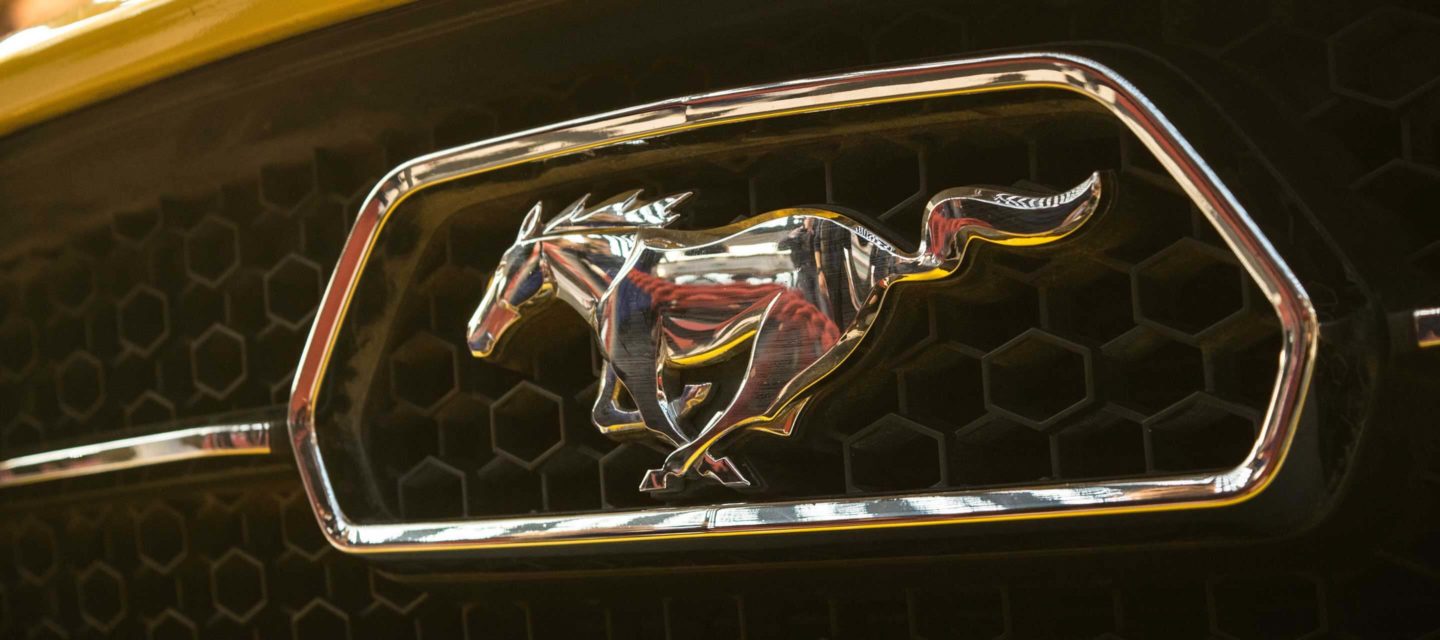


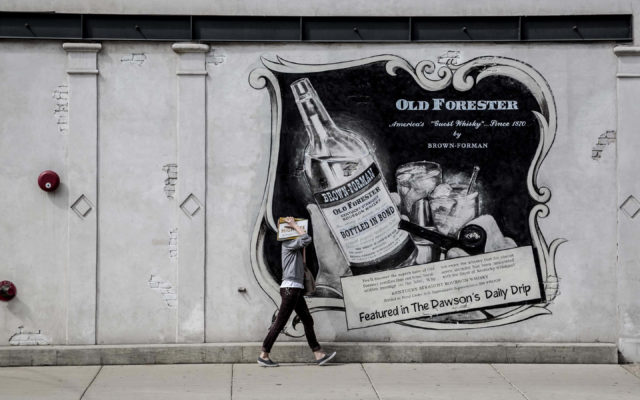

Comments0